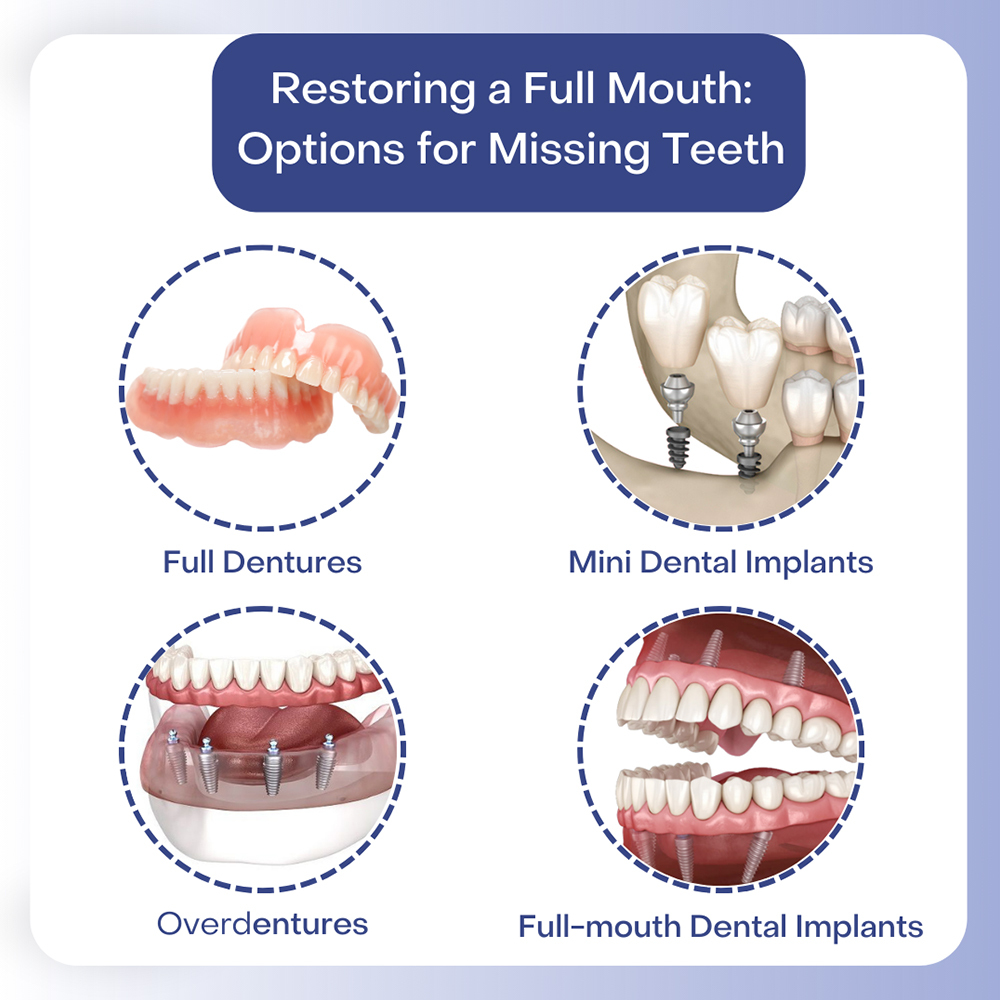Some Known Incorrect Statements About Dental Sense
Table of ContentsExamine This Report about Dental SenseThe Facts About Dental Sense RevealedWhat Does Dental Sense Do?8 Simple Techniques For Dental Sense
are clinical gadgets surgically implanted right into the jaw to recover an individual's ability to eat or their look. They give support for fabricated (phony) teeth, such as crowns, bridges, or dentures. When a tooth is lost as a result of injury or disease, a person can experience complications such as fast bone loss, defective speech, or adjustments to eating patterns that lead to pain.Oral implant systems include a dental implant body and dental implant joint and might likewise consist of an abutment addiction screw. Dental implant vs bridge. The oral implant body is operatively placed in the jawbone instead of the tooth's origin. The dental implant abutment is typically attached to the implant body by the abutment fixation screw and extends with gum tissues right into the mouth to sustain the affixed fabricated teeth
(https://trello.com/w/dentalsense11/members)Structure of The Dental Implant System selecting oral implants, speak with your oral supplier about the possible advantages and threats, and whether you are a prospect for the procedure. Things to think about: Your general wellness is an important consider determining whether you are a great prospect for oral implants, the length of time it will certainly take to heal, and how much time the dental implant might remain in location.
Smoking cigarettes might affect the recovery process and decrease the lasting success of the implant. The recovery process for the dental implant body may take numerous months or longer, throughout which time you normally have a short-lived joint instead of the tooth. the oral implant procedure: Thoroughly adhere to the oral health instructions offered to you by your oral copyright.
Unknown Facts About Dental Sense
Implant failing can cause the demand for one more surgery to repair or change the dental implant system. Recovers the capacity to eat Recovers aesthetic appearance Helps maintain the jawbone from reducing because of bone loss Maintains the health of the surrounding bone and gum tissues Helps maintain nearby (nearby) teeth secure Boosts lifestyle Damages to surrounding natural teeth during dental implant placement Injury to the surrounding tissues throughout surgery, such as sinus opening Injury throughout surgical treatment (for instance, crack of bordering jawbone) Inadequate function, such as feeling like the teeth do not bite with each other typically An experience that the tooth is loose or turning in area resulting from an abutment screw loosening up Implant body failure (looseness of the dental implant body) due to systemic infection, which might be most likely in individuals with uncontrolled diabetes mellitus due to neighborhood infection in bone and gums sustaining the dental implant body as a result of postponed recovery, which might be more probable in individuals that smoke Trouble cleaning the gums around the implant, resulting in bad oral hygiene Without treatment periodontal illness Post-surgical tingling because of nerve impingement or damage Constantly alert wellness care service providers and imaging technicians that you have dental implants before any type of magnetic vibration imaging (MRI) or x-ray procedures.
FDA is not knowledgeable about any type of negative occasions reported for MRI or x-ray procedures with oral implants. Dental implants systems are usually made of products that follow global consensus standards of the International Organization for more Standardization (ISO) or ASTM International. These criteria have information of what makes a risk-free product.

An oral implant is a structure that changes a missing tooth. With screw-like tools, the cosmetic surgeon inserts a dental implant right into the jawbone, and it acts as a support for an artificial tooth, called a crown. A gadget called a joint links the fabricated tooth to the dental implant. The crown is custom-made to fit the individual's mouth and match the shade of their teeth.
The 20-Second Trick For Dental Sense
Some individuals are not eligible for dental implant surgery. It is for oral specialists to operate on individuals with: acute illnessuncontrollable metabolic diseasebone or soft cells condition or infectionIf these problems are solved, a person can have the surgical treatment. In, dental surgeons abstain from operating individuals with: If individuals with any of the above undergo dental implant surgical treatment, there is a greater risk of the implant falling short.

Oral implant surgical procedure is an individualized procedure. It's not the same for every person. But the adhering to offers a general review of what you can anticipate your dental practitioner, dental doctor, periodontist or prosthodontist to do: Put the dental implant operatively. Give you time to recover. Attach the article and final crown, bridge or denture.
Next off, your surgeon will thoroughly position the dental implant into your jaw. Ultimately, your doctor will certainly reposition your gums and close the laceration with stitches. If your implant is near the front of your mouth, your dentist will make a short-term tooth for you to wear up until you heal. That method, you won't have a gap in your smile while you recuperate.
The 15-Second Trick For Dental Sense
During the recovery phase, your jawbone should fuse to the oral implant. This process can take anywhere from 3 to nine months.
When your implant heals, your dental practitioner can affix the abutment (tiny port post) and your last remediation (crown, bridge or denture). This generally takes regarding one hour to finish and might call for a 2nd minor surgical procedure. You should not feel any type of pain throughout your oral implant treatment because your service provider will certainly utilize medication to numb your gum tissues.